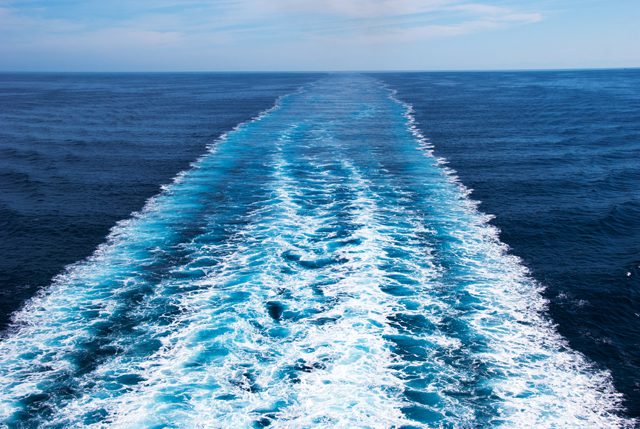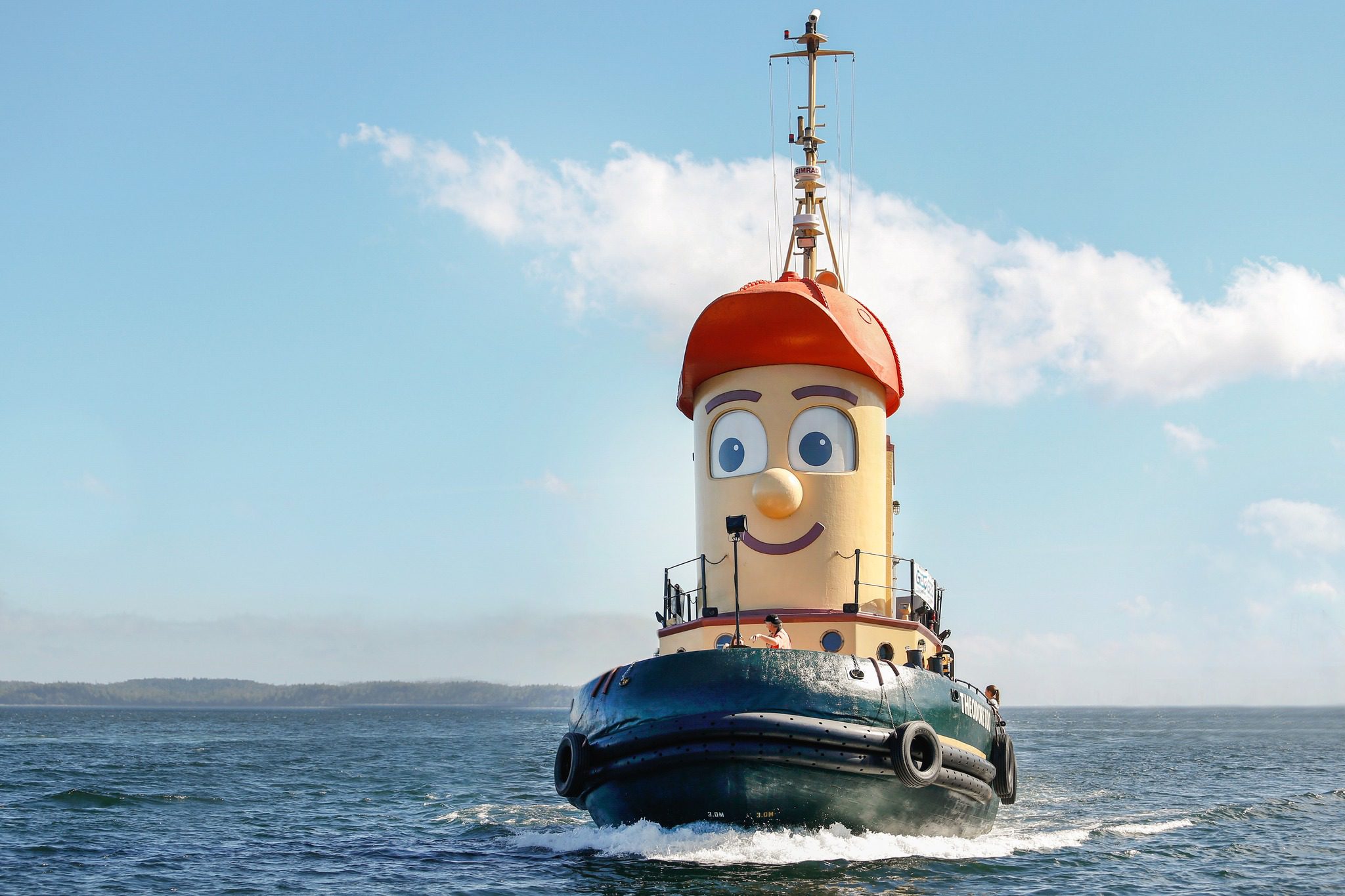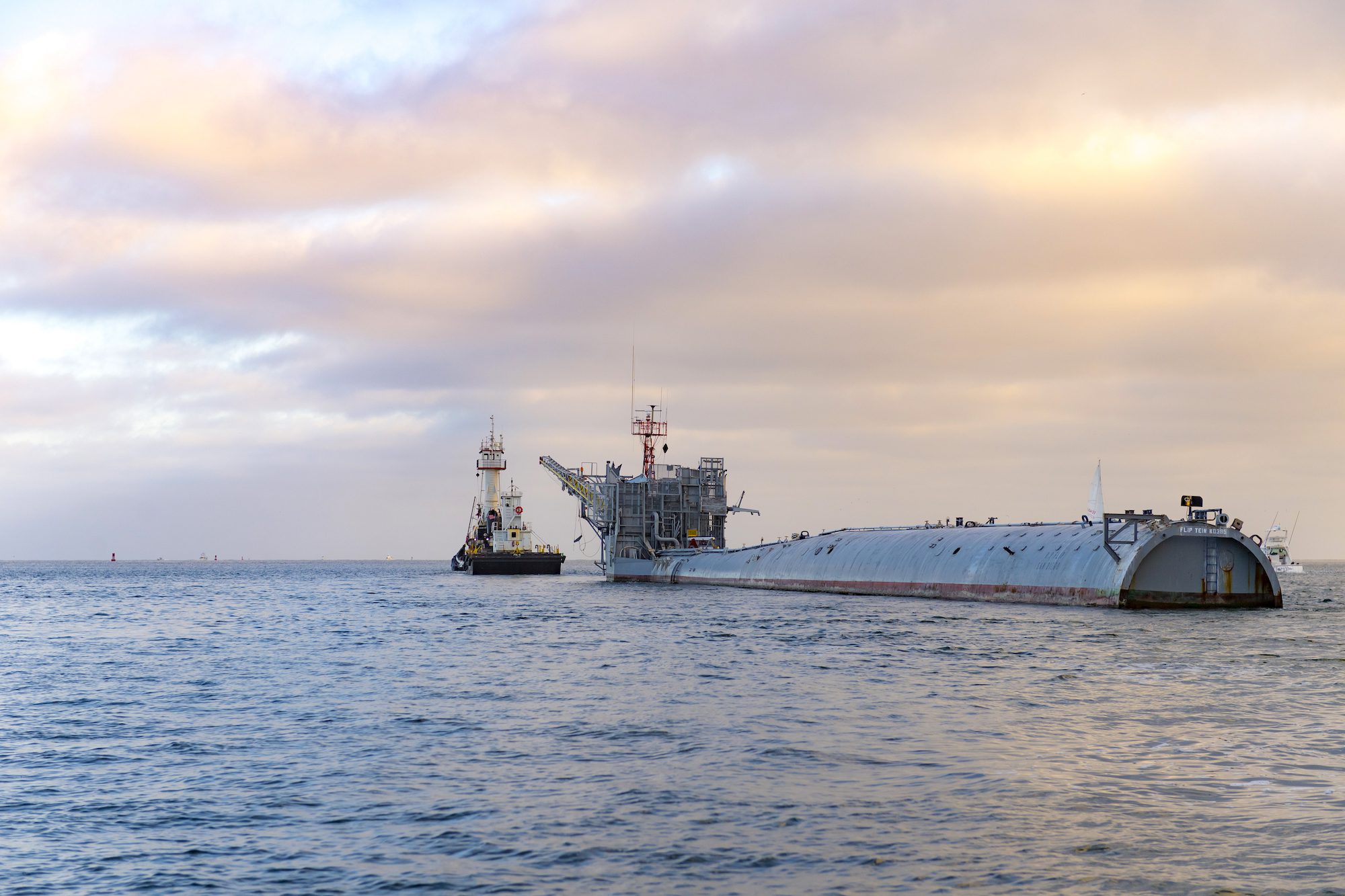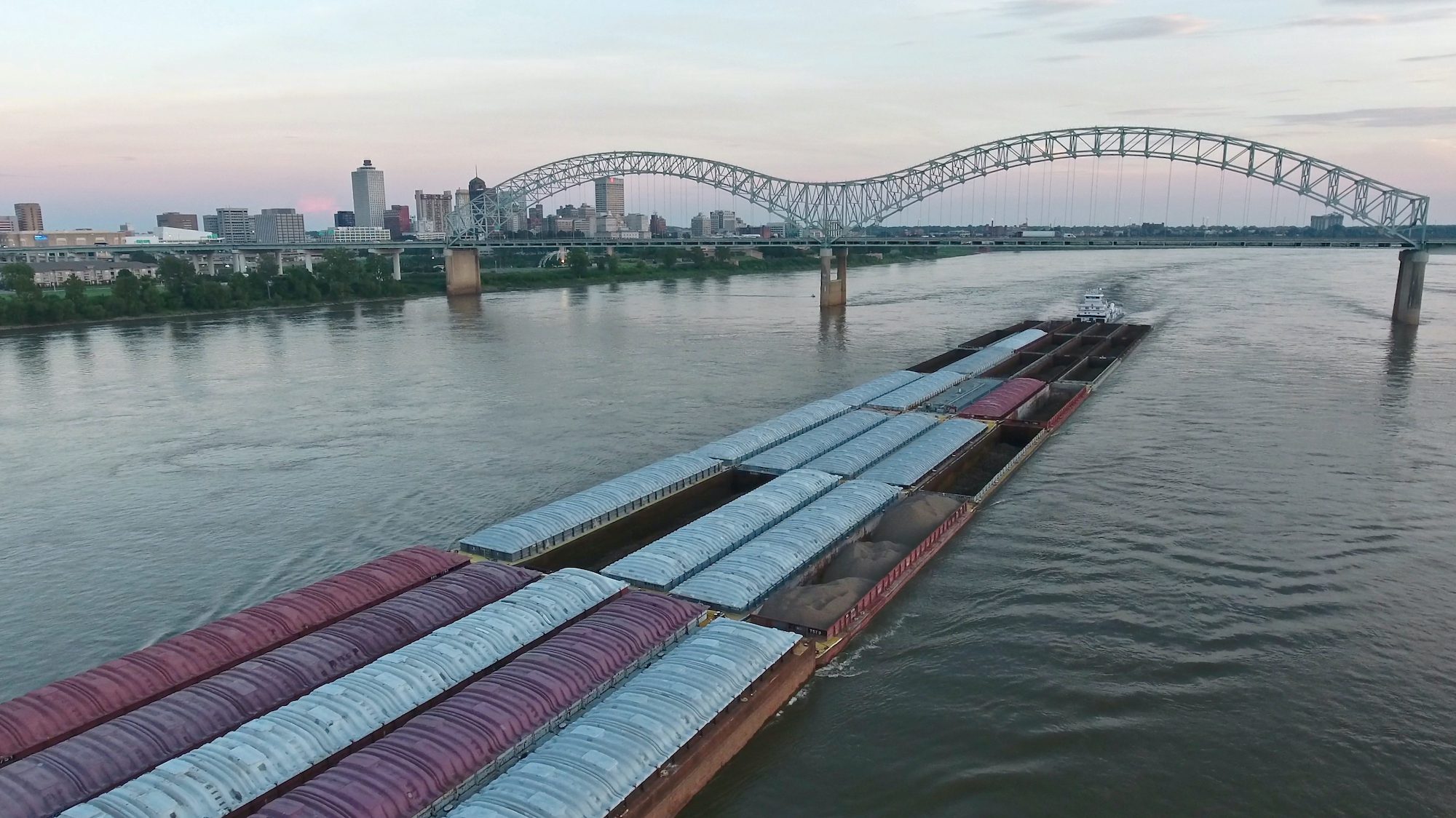Owners and Charterers enter into an agreement known as the ‘charter party’, which is the contract specifying many things, including a ‘performance clause’. This is usually found in the additional clauses, and is often under ‘ship description’. The performance clause, also known as the ‘performance warranty’ is typically worded as follows:
a) Ship to achieve speed of about 13.0 knots laden, on about 36 tonnes IFO 380
b) Ship to achieve speed of about 14.0 knots in ballast, on about 36 tonnes IFO 380
As can be seen above, there is always a difference in speed and consumption between laden and ballast conditions (the alternative is to use the same speed for both conditions, and allow less fuel oil when in ballast, which in this example could be 13.0 knots on about 34 tonnes).
The word ‘about’ has been included in Charter Parties for many years, and legal precedent shows us that ‘about’ when referring to speed mean plus or minus half of one knot, so in this instance, when laden, about 13.0 knots means a minimum of 12.5 and a maximum of 13.5. In the same way, ‘about’ when referring to fuel oil means plus or minus 5%.
So in this instance, would mean a maximum allowable consumption of 37.8 tonnes per day (36 + 5%). Just as with speed, the ‘about’ can also applies the other way, so a minimum of 34.2 tonnes per day (36 – 5%). Some argue that the 5% additional fuel oil applies only when the ship meets the minimum warranted speed (variable 1).
Speed
In this example, clearly under performance starts when the minimum speed is less than 12.5 knots and so recompense will be due to Charterers. Although it seldom occurs, one must ask when can an Owner claim for over performance ? Owners would argue over performance starts when speeds exceed 13.0. Charterers would argue that over performance start when the speed exceeds 13.5 knots (variable 2).
Consumption
In this example over consumption starts when the ship consumes more than 37.8 tonnes per day. Again, one must also consider when under consumption starts as this too does occasionally occur. Of course Owners could argue it is when the ship consumes less than 37.8 tonnes per day. Charterers would say it starts at 36.0 or even 34.2 (variables 3 & 4).
Owners will want their ship to meet the minimum speed and at the same time the maximum fuel oil consumption. However this is more important to Charterers, as any excess time spent due to not achieving the speed, and / or any excess bunkers consumed, will ultimately cost them more money. How they get compensation from Owners is another story, which if not mutually agreed (and it rarely is) is for the lawyers to sort out.
Over performance and under consumption must often be considered when a ship has executed many voyages under the same charter party, for example a two year time charter. This is because if Charterers are claiming for under performance and / or over consumption over say 20 voyages, then of course Owners will naturally attempt to mitigate their potential losses and counter the claim. Some say that over performance and under consumption does not apply, as it is the duty of the Master of the ship to ensure this does not occur (variable 5).
The first thing to do is to calculate the average good weather speed. This is the average speed which the ship achieved during periods of good weather. To find this one must eliminate periods of bad weather, or put another way, periods when the speed and consumption warranty does not apply. You cannot expect it to apply when in gale force winds, and high seas. So one calculates the average speed achieved during good weather. Somewhere within the charter party will be a weather clause which usually looks something like as follows;
c) Winds not greater than Beaufort force 4, seas not greater than Douglas sea height 3.
What this means is when the wind is greater than force 4 (Beaufort force 4 = 11 to 16 knots), OR when the sea state exceeds Douglas sea height 3 (Douglas scale 3 = 0.5 to 1.25 metres, which is derived from WMO table 3700), then during that period the ship cannot be expected to meet the performance warranty (some argue Douglas sea height 3 is a maximum 2.0 metre wave, (variable 6)). The next thing to consider, is for how long one of these parameters in ‘c’ exceeds the maximum in a 24 hour period, before the whole 24 period is deemed as not qualifying as a good weather day. Should one consider it to be over the whole 24 hour period, or can this be reduced to say 12 or even 4 hours ? (variables 7-8-9). Breaking it down to 4 hours sounds complicated, but ship’ ship staff routinely record the weather at every change of watch, which is every 4 hours.
There are other parameters which often appear in the weather clause, as follows;
d) No adverse currents
This means when the vessel is exposed to adverse currents, the period is either excluded as being a good weather period, or the current is applied to the speed over the ground to derive the speed through the water (variables 10). If negative currents are allowed for, this increases the speed through the water, and as such is beneficial to Owners. To take it a step further, positive currents can be accounted for too, which reduces the speed through the water, going in favour of Charterers (variable 11).
In summary, the calculation of compensation is difficult. As you will have noticed, I flagged the variables throughout. With 11 variables each having 2 possible outcomes, by the simple principles of permutation, the number of outcomes is 2 to the power of 11, or calculated as follows;
2 x 2 x 2 x 2 x 2 x 2 x 2 x 2 x 2 x 2 x 2 = 2,048
So you can see, it is no wonder that when the performance calculations are made, Owners, Charterers, weather routeing companies, Marine Engineers, and even Master Mariners like me, cannot agree on the outcome. That is even before you consider whose weather is most suitable to use, namely ship’s recorded weather, or weather routing company weather!! I intend to discuss the weather source in my next article as this induces further argument.
I have analysed over 500 voyages, and can tell you from experience, these calculations are actually straight forward. I am often guided by the lawyer, as I would never try and tell a lawyer how to interpret a clause!
-Ian Hodges, Master Mariner
TMC Marine Consultants
Ian can be reached via email at: [email protected]

 Join The Club
Join The Club











